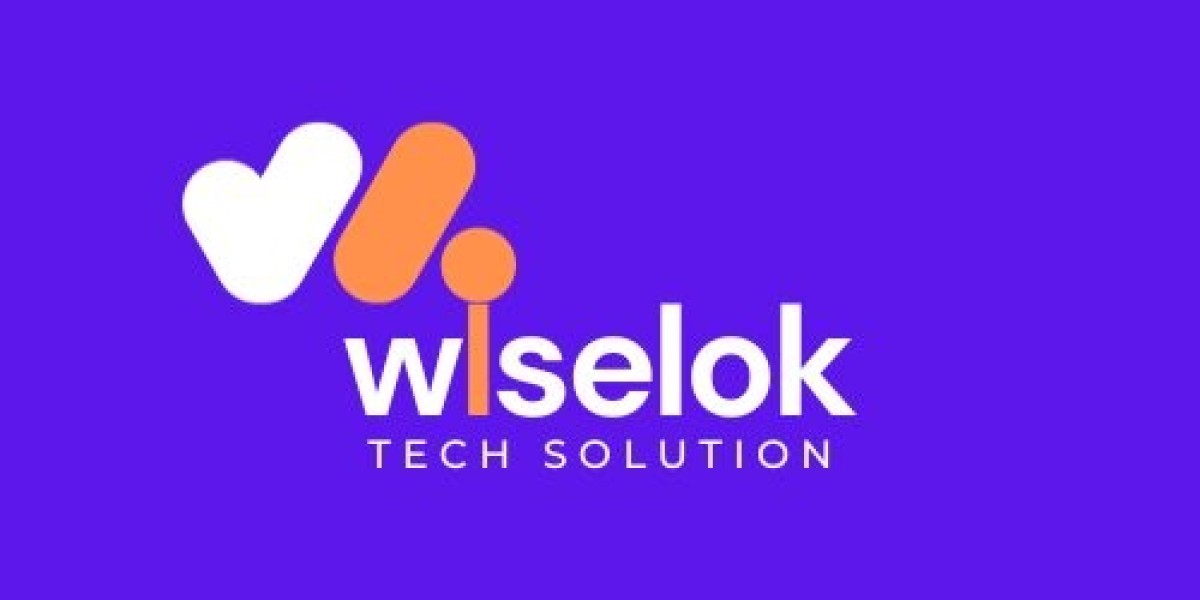Tunable Laser Market Overview
In the ever-expanding landscape of telecommunications, data centers, and optical networking, tunable lasers have emerged as indispensable components, offering flexibility, efficiency, and scalability in managing light wavelengths. These advanced lasers, capable of dynamically adjusting their output frequency or wavelength, are driving innovation across various industries. As demand for high-speed data transmission, precise sensing, and bandwidth optimization continues to surge, the Tunable laser market is poised for significant growth and evolution.
Understanding Tunable Lasers
Tunable lasers are a subset of semiconductor lasers designed to emit light across a range of wavelengths that can be adjusted or tuned based on specific requirements. Unlike traditional fixed-wavelength lasers, which emit light at a single predetermined wavelength, tunable lasers offer versatility and adaptability, making them suitable for a wide range of applications.
Market Drivers
Several factors are fueling the growth of the tunable laser market:
- Expanding Data Traffic: The exponential growth of data traffic driven by cloud computing, video streaming, and Internet of Things (IoT) applications is placing immense pressure on telecommunications infrastructure. Tunable lasers enable wavelength-division multiplexing (WDM) techniques, allowing for the simultaneous transmission of multiple data streams over a single optical fiber and maximizing bandwidth efficiency.
- 5G Deployment: The rollout of 5G networks is driving demand for advanced optical communication solutions capable of supporting higher data rates, lower latency, and increased network capacity. Tunable lasers play a crucial role in 5G infrastructure, enabling flexible wavelength allocation and network optimization to meet the evolving demands of wireless communication.
- Data Center Interconnects: With the proliferation of cloud services and hyperscale data centers, there is a growing need for high-speed, energy-efficient interconnect solutions to facilitate seamless data exchange between data centers. Tunable lasers enable wavelength agility in optical transceivers, allowing data center operators to dynamically allocate bandwidth and optimize network performance.
- Optical Sensing Applications: Tunable lasers find extensive use in optical sensing applications, including spectroscopy, medical imaging, environmental monitoring, and industrial sensing. The ability to tune the laser wavelength enables precise control over the interaction between light and matter, facilitating accurate measurements across a broad spectrum of wavelengths.
- Advancements in Laser Technology: Ongoing advancements in semiconductor laser technology, including improvements in material quality, fabrication techniques, and packaging technologies, are driving the development of compact, reliable, and cost-effective tunable laser solutions. Additionally, innovations such as external cavity tunable lasers and distributed feedback (DFB) lasers are expanding the capabilities and performance of tunable laser platforms.
Market Segmentation
The tunable laser market can be segmented based on type, wavelength range, application, and geography:
- Type: Tunable lasers are available in various configurations, including distributed feedback (DFB) lasers, external cavity lasers, vertical-cavity surface-emitting lasers (VCSELs), and quantum cascade lasers (QCLs), each offering unique performance characteristics and suitability for specific applications.
- Wavelength Range: Tunable lasers cover a broad range of wavelengths spanning from visible to infrared spectrum. The choice of wavelength range depends on the application requirements, such as telecommunications, spectroscopy, or sensing.
- Application: Tunable lasers find applications in telecommunications, data center interconnects, spectroscopy, optical coherence tomography (OCT), metrology, and scientific research, among others.
- Geography: The adoption of tunable laser technology varies across regions, influenced by factors such as technological innovation, infrastructure development, and industry verticals driving demand for optical communication and sensing solutions.
Challenges and Opportunities
Despite the promising growth prospects, the tunable laser market faces certain challenges:
- Cost and Complexity: The cost and complexity associated with tunable laser systems, including manufacturing, packaging, and integration, pose challenges to widespread adoption, particularly in cost-sensitive applications.
- Performance and Reliability: Ensuring high performance, reliability, and stability of tunable laser systems across varying operating conditions remains a key focus area for manufacturers. Addressing issues related to wavelength drift, mode hopping, and output power fluctuations is essential to meet the stringent requirements of telecommunications and sensing applications.
- Competition from Alternative Technologies: Tunable lasers face competition from alternative technologies, such as fixed-wavelength lasers, optical filters, and emerging technologies like silicon photonics. However, ongoing research and development efforts aimed at improving the performance and reducing the cost of tunable laser solutions are helping maintain their competitiveness in the market.
- Regulatory and Standards Compliance: Compliance with regulatory requirements and industry standards governing optical communication and sensing systems poses challenges for tunable laser manufacturers. Adhering to standards related to wavelength accuracy, power stability, and electromagnetic compatibility is essential to ensure interoperability and compatibility with existing infrastructure.
Despite these challenges, the tunable laser market presents abundant opportunities for innovation and growth. As the demand for high-speed data transmission, precise sensing, and optical networking solutions continues to rise, tunable lasers will play a pivotal role in enabling the next generation of communication networks, data centers, and sensing applications. By addressing key challenges, leveraging technological advancements, and catering to diverse industry needs, tunable laser manufacturers can unlock new opportunities and drive the continued evolution of this dynamic market.
Tunable Laser Market Highlights:







